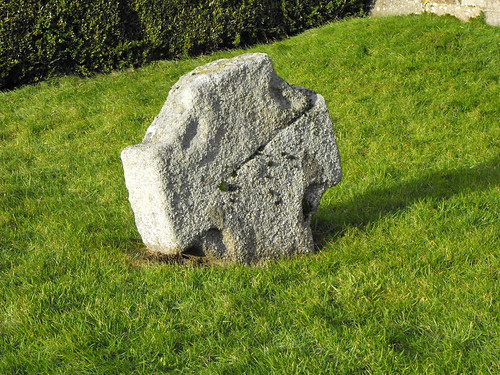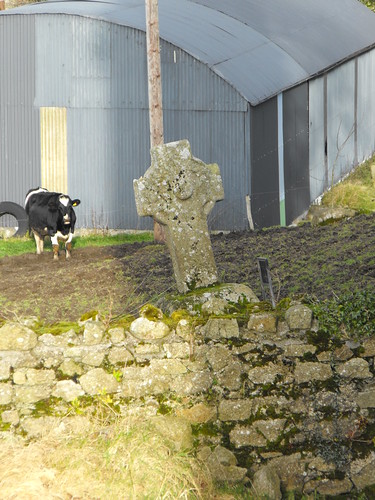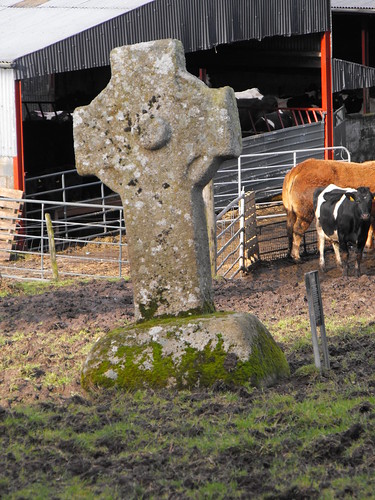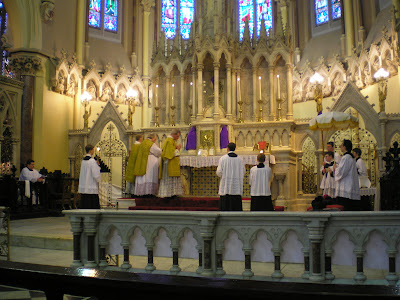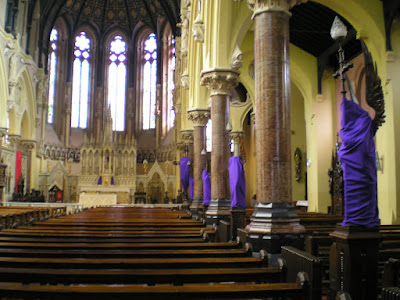About a century after Ss. Brigid and Conleth Patrons of Kildare lived St. Laserian or Molaise Patron of Leighlin. Today is the 1,371st (or 1,372nd) anniversary of his birth to heaven.
Revd. Fr. Lanigan, D.D., in his
An Ecclesiastical History of Ireland, Vol. II, p. 402 ff., 1829 Ed., states:
St. Laserian, the other great supporter of the new Paschal computation, was, it is said, (57) son of Cairel a nobleman of Ulster and of Gemma daughter of Aiden king of the British Scots. (58) The year of his birth is not known (59); and the early part of his life is involved in obscurity. According to one account he was a disciple of Fintau Munnu, while another places him under an abbot Murin. (60) When arrived at a mature age, he is said to have proceeded to Rome, and to have remained there for 14 years. (6l) Then we are told that he was ordained priest by Pope Gregory the great, and soon after returned to Ireland. Coming to Leighlin (Old Leighlin) he was most kindly received by St. Gobban, who there governed a monastery. This saint conceived such a high opinion of Laserian that he gave up to him his establishment, and went to erect a monastery elsewhere. (62) Laserian is said to have had 150O monks under him at Leighlin. (63) About the year 63O he went again to Rome, probably as chief of the deputation sent by the heads of the Southern clergy after the synod of Maghlene, (64) and was there consecrated bishop by the then Pope, Honorius I. (65) After his return to Ireland, in or about 633, he greatly contributed towards the final settlement of the Paschal question in the South, (66) which he survived only a few
years, having died in 639 (67) on the 18th of April. This saint was buried in his own church at Leighlin, and his memory has been greatly revered in the province of Leinster. (68)
(57) The Bollandists have (at 18 April) a Life of Laserian or Lasrean, which, they say, was written after the year 1100. They jiv.tly observe, that it is a confused tract and often not worthy of credit. He is sometimes called
Molossius or
Molaissus, latinized from
Mo and
Laisre his real name, in the same manner as his nanlesake of Devcnish was so called, with whom he must not (as has been done by Hanmer,
p. 123, new
ed.) be confounded. (See Not. 124 to
Chap, xn.)
(58) Ware (
Antiq. cap. 29. and
Bishops at Leighlin) says, that Laserian was son of Cairel
de Blitha. Harris
(Bishops) translates
by Blitha; and perhaps this was Ware's meaning; for his account of this saint differs in many respects from that of the Life published by the Bollandists. For instance, according to Ware, his mother was daughter of a king of the Picts.
(59) The Bollandists supposed,
(Comment. praev.) but without any authority, that he was born about 566. This conjecture is connected with a huge mistake of theirs, of which lower down, in stating that Fintan Munnu was then a monk in Hy.
(60) The Bollandist Life makes Fintan his master. But it is probable that Laserian was nearly as old as Fintan, who was young at the time of Columbkill's death in 597. In the account of the contest between them at Whitefield there is no allusion to this discipleship. According to Ware, Laserian studied under Murin, until he set out for Rome. Who this Murin was Ware does not tell us. He could not have been St. Murus of Fahen, (in Donegal!) who flourished about the middle of the seventh century. Perhaps the person meant by the name of
Murin was Murgenius abbot of Glean-Ussen ; (see
Chap. xiv.
§. 11.) and there is reason to think, that
Laserian studied rather in the South, where the clergy were inclined to receive the Roman cycle, than in the North where it was violently opposed.
(61) Ware agrees with the Life as to these 14 years spent at Rome. The Bollandists think that, instead of fourteen, we ought to read four.
(62) Colgan was of opinion
(AA. SS. p. 750) that this was the Gobban who governed a church at [Kill-Lamhraighea, a place in the West of Ossory, viz. after having left Leighlin, and who was buried at Clonenagh. Archdall (at
Leighlin) refers to Colgan and Usher as if placing the death of Gobban in 639, although Usher says nothing about him, nor does Colgan even mention his name in the page referred to.
(63) See
Not. 36.
(64)
Ib. I wish the account of Laserian's having been at Rome in the time of Gregory the Great were as well founded as that of his mission thither after the synod of Magh-lene.
(65) Usher,
p. 938. Ware,
Antiq. cap. 29.
(66) See
Not. 36.
(67) Annals of Innisfallen. (68) Ware,
loc. cit. Revd. Fr. Walsh, in his
History of the Irish Hierarchy, p. 149 ff., 1854 Ed., writes:
"In the year 616, St. Gobhan founded a celebrated abbey at old Leighlin. About the year 630, a synod of the clergy was held in St. Gobhan's abbey, to debate on the proper time for the celebration of Easter, which was attended by most of the superiors of all the religious houses in Ireland. In 632, St. Gobhan, entertaining a high opinion of Laserian, who supported the Roman custom of celebrating Easter, gave him up his abbey at old Leighlin, and went elsewhere to found another. He is said to have ruled over fifteen hundred monks; they supported themselves by manual labor; and by reason of their numbers and the fertile district in which they had been situated, were enabled to receive a greater complement of students and inmates than many of the other institutions of the country. The schools of old Leighlin held a high rank among the literary establishments of Ireland, in the 7th century. The fame which it acquired in foreign countries, as well as in Ireland, attracted such numbers of students and of religious persons to its halls, that old Leighlin soon became a town of great note, and the surrounding district was usually called the territory of saints and scholars.
"St. Laserian, the first bishop and founder of this see, was the son of Cairel, a nobleman of Ulster, and of Gemma, daughter of Aiden, king of the British Scots. The time of his birth is unknown, and the early portion of his life is involved in obscurity. By some he is said to have been the disciple of Fintan Munnu, and by another account to have been instructed by an abbot Murin.
"Having arrived at maturity, he is said to have travelled to Rome, and there sojourned fourteen years —ordained priest by Gregory the Great, and to have returned shortly after to Ireland. Having been sent to Rome about 630, probably as head of the deputation from the southern clergy after the synod of old Leighlin, he was consecrated bishop by Pope Honorius I., and made legate of Ireland. Having returned to Ireland he founded the see, A.D. 632, and previously to his death, which occurred on the 18th of April, 639, he was a chief instrument in finally settling the question of the Easter controversy, in the south of Ireland. In the same year died St. Gohhan, founder of the abbey."
Revd. Fr. Alban Butler, in his
The Lives of the Fathers, Martyrs and Other Principal Saints, Vol. IV, p. 176 ff., 1866 Ed., tells us:
"Laserian was son of Cairel and Blitha, persons of great distinction, who intrusted his education, from his infancy, to the Abbot St. Murin. He afterwards travelled to Rome in the days of Pope Gregory the Great, by whom he is said to have been ordained priest. Soon after his return to Ireland, he visited Leighlin, a place situated a mile and a half westward of the river Barrow, where St. Goban was then abbot, who, resigning to him his abbacy, built a little cell for himself and a small number of monks. A great synod being soon after assembled there, in the White Fields, St.
Laserian strenuously maintained the Catholic time of celebrating Easter against St. Munnu. This council was held in March 630. But St.
Laserian not being able to satisfy in it all his opponents, took another journey to Rome, where Pope Honorius ordained him bishop, without allotting him any particular see, and made him his legate in Ireland. Nor was his commission fruitless: for, after his return, the time of observing Easter was reformed in the south parts of Ireland. St.
Laserian died on the 18th of April, 638, and was buried in his own church which he had founded. In a synod held at Dublin, in 1330, the feasts of St. Patrick, St
Laserian, St. Bridget, St. Canic, and St. Edan, are enumerated among the double festivals through the province of Dublin. St. Laserian was the first bishop of Old Leighlin, now a village.— New Leighlin stands on the eastern bank of the river Barrow See Ware, p. 54, and Colgan's MSS. on the 18th of April."
St. Laserian of Leighlin pray for us!
 The 30th of April is the feast day of St. Walpurgis, an English princess born in 710 AD. She lived with the nuns in Winborne Abbey, where she was also educated, for 26 years. She was the brought to Germany by Saint Boniface, her mother's brother who was also the Archbishop of Mainz, to help to make Christian the Germans. Once there she became a nun and later abbess of the monastery in Heidenheim where she lived until her death on February 25th, 779 AD. Canonized on May 1st 870 AD, by Pope Adrian II, (or it could also be the day when her body was moved or "translated" to lie next to the body of her brother), in Sweden we celebrate her on the eve of her Feast Day; Valborgsmässoafton - Walpurgis night. Her bones were, after her canonization, moved from Heidenheim to Eichstätt where they were placed in a rocky niche from which a miraculously therapeutic oil started sipping, drawing pilgrims from far and near.
The 30th of April is the feast day of St. Walpurgis, an English princess born in 710 AD. She lived with the nuns in Winborne Abbey, where she was also educated, for 26 years. She was the brought to Germany by Saint Boniface, her mother's brother who was also the Archbishop of Mainz, to help to make Christian the Germans. Once there she became a nun and later abbess of the monastery in Heidenheim where she lived until her death on February 25th, 779 AD. Canonized on May 1st 870 AD, by Pope Adrian II, (or it could also be the day when her body was moved or "translated" to lie next to the body of her brother), in Sweden we celebrate her on the eve of her Feast Day; Valborgsmässoafton - Walpurgis night. Her bones were, after her canonization, moved from Heidenheim to Eichstätt where they were placed in a rocky niche from which a miraculously therapeutic oil started sipping, drawing pilgrims from far and near.




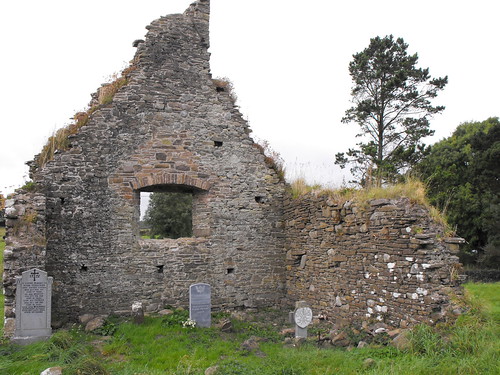

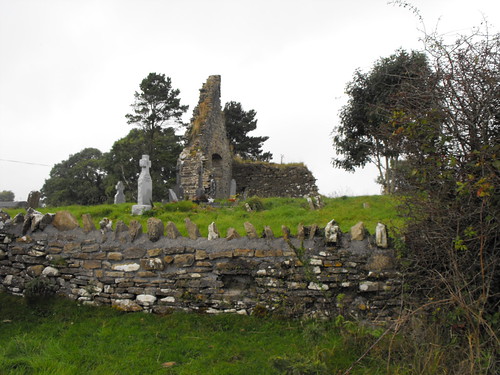
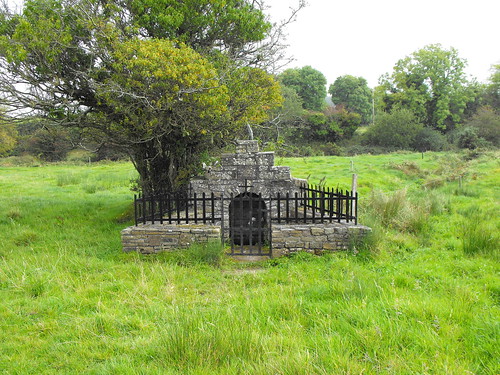


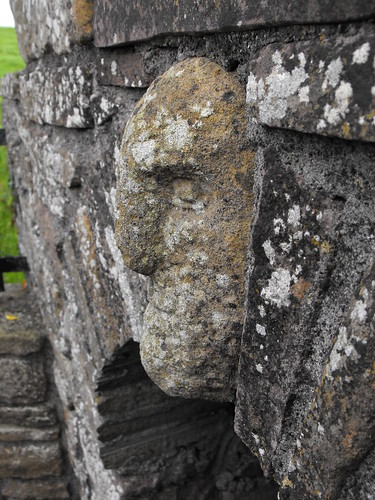
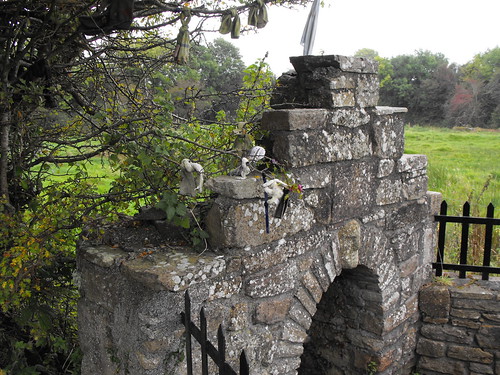
![Reblog this post [with Zemanta]](http://img.zemanta.com/reblog_e.png?x-id=71189e6a-5daa-4352-badd-d761441e76e7)


